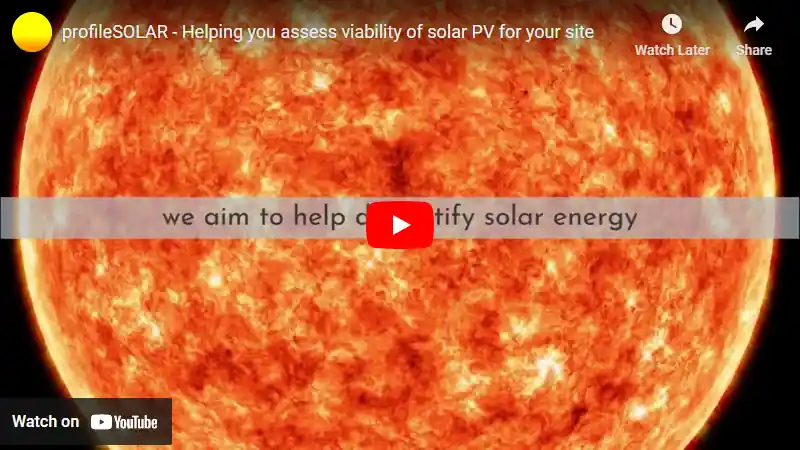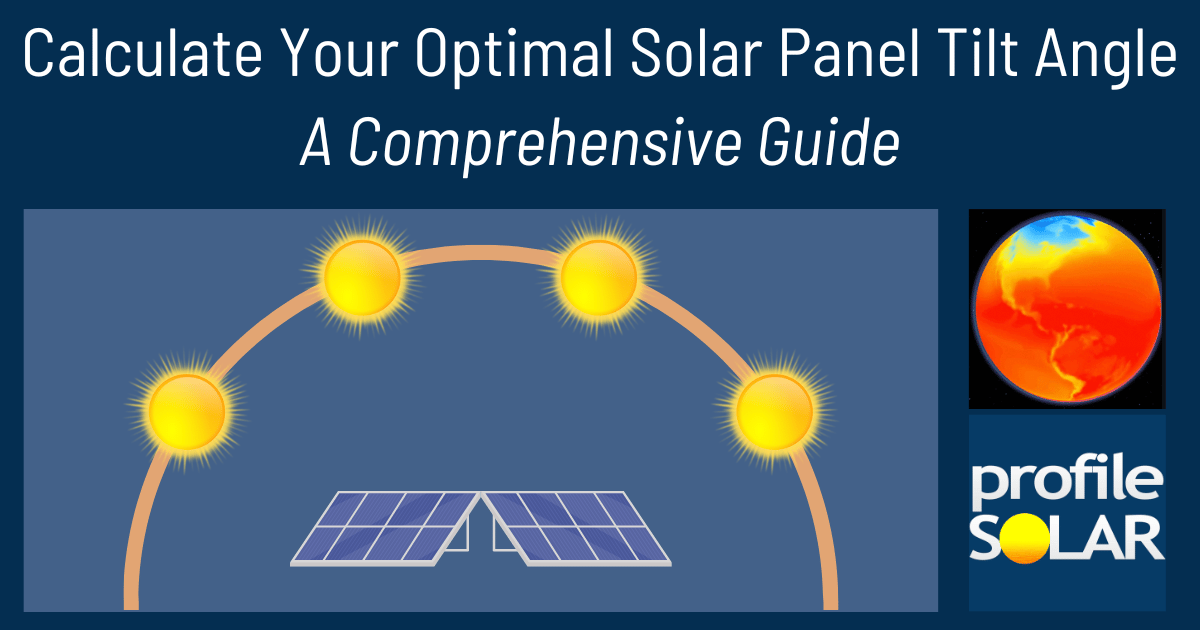

Phuket, Thailand, located at a latitude of 7.95 and longitude of 98.3564, is an excellent location for solar power generation due to its consistent sunlight exposure throughout the year. The average energy output per day for each kilowatt of installed solar capacity varies by season: it stands at approximately 5.43 kWh in the summer, decreases slightly to 5.11 kWh in the autumn, then increases to 6.22 kWh in winter and reaches a peak of 6.41 kWh in spring.
This increased power generation during winter and spring is indicative of Phuket's tropical climate where seasons are more typically delineated by wet or dry conditions rather than temperature fluctuations.
The optimal angle for fixed-panel installations at this location is an eight-degree tilt towards the south which maximizes sun exposure throughout the year.
While there are no extreme weather conditions that could significantly hinder solar power production, it's worth noting that Phuket experiences high humidity levels during monsoon season from May through October which could potentially affect panel efficiency due to cloud cover or precipitation on panels.
To mitigate this potential challenge and ensure optimal energy production year-round, regular maintenance including cleaning panels to remove any dust or debris accumulated during monsoon season can be beneficial. Additionally, installing panels with a hydrophobic coating can help repel water droplets thereby reducing potential losses due to rain or high humidity levels.
Overall though these factors are not significant impediments given Phuket's favorable sunlight conditions for most parts of the year making it highly suitable for generating solar power consistently across all seasons.
Note: The Tropics are located between 23.5° North and -23.5° South of the equator.
So far, we have conducted calculations to evaluate the solar photovoltaic (PV) potential in 81 locations across Thailand. This analysis provides insights into each city/location's potential for harnessing solar energy through PV installations.
Link: Solar PV potential in Thailand by location
Solar output per kW of installed solar PV by season in Phuket
Seasonal solar PV output for Latitude: 7.95, Longitude: 98.3564 (Phuket, Thailand), based on our analysis of 8760 hourly intervals of solar and meteorological data (one whole year) retrieved for that set of coordinates/location from NASA POWER (The Prediction of Worldwide Energy Resources) API:




Ideally tilt fixed solar panels 8° South in Phuket, Thailand
To maximize your solar PV system's energy output in Phuket, Thailand (Lat/Long 7.95, 98.3564) throughout the year, you should tilt your panels at an angle of 8° South for fixed panel installations.
As the Earth revolves around the Sun each year, the maximum angle of elevation of the Sun varies by +/- 23.45 degrees from its equinox elevation angle for a particular latitude. Finding the exact optimal angle to maximise solar PV production throughout the year can be challenging, but with careful consideration of historical solar energy and meteorological data for a certain location, it can be done precisely.
We use our own calculation, which incorporates NASA solar and meteorological data for the exact Lat/Long coordinates, to determine the ideal tilt angle of a solar panel that will yield maximum annual solar output. We calculate the optimal angle for each day of the year, taking into account its contribution to the yearly total PV potential at that specific location.

Seasonally adjusted solar panel tilt angles for Phuket, Thailand
If you can adjust the tilt angle of your solar PV panels, please refer to the seasonal tilt angles below for optimal solar energy production in Phuket, Thailand. As mentioned earlier, for fixed-panel solar PV installations, it is optimal to maintain a 8° South tilt angle throughout the year.
| Overall Best Summer Angle | Overall Best Autumn Angle | Overall Best Winter Angle | Overall Best Spring Angle |
|---|---|---|---|
| 8° North in Summer | 13° South in Autumn | 23° South in Winter | 2° South in Spring |
Our recommendations take into account more than just latitude and Earth's position in its elliptical orbit around the Sun. We also incorporate historical solar and meteorological data from NASA's Prediction of Worldwide Energy Resources (POWER) API to assign a weight to each ideal angle for each day based on its historical contribution to overall solar PV potential during a specific season.
This approach allows us to provide much more accurate recommendations than relying solely on latitude, as it considers unique weather conditions in different locations sharing the same latitude worldwide.
Calculate solar panel row spacing in Phuket, Thailand
We've added a feature to calculate minimum solar panel row spacing by location. Enter your panel size and orientation below to get the minimum spacing in Phuket, Thailand.
Our calculation method
- Solar Position:
We determine the Sun's position on the Winter solstice using the location's latitude and solar declination. - Shadow Projection:
We calculate the shadow length cast by panels using trigonometry, considering panel tilt and the Sun's elevation angle. - Minimum Spacing:
We add the shadow length to the horizontal space occupied by tilted panels.
This approach ensures maximum space efficiency while avoiding shading during critical times, as the Winter solstice represents the worst-case scenario for shadow length.
Topography for solar PV around Phuket, Thailand
The topography around Phuket, Thailand is generally flat with some low hills and mountains. Areas nearby that would be most suitable for large-scale solar PV include open fields and flat rooftops. The area has plenty of sunshine throughout the year making it an ideal spot for solar energy production.
Thailand solar PV Stats as a country
Thailand ranks 26th in the world for cumulative solar PV capacity, with 3,049 total MW's of solar PV installed. This means that 2.90% of Thailand's total energy as a country comes from solar PV (that's 29th in the world). Each year Thailand is generating 44 Watts from solar PV per capita (Thailand ranks 54th in the world for solar PV Watts generated per capita). [source]
Are there incentives for businesses to install solar in Thailand?
Yes, there are several incentives for businesses wanting to install solar energy in Thailand. The Thai government offers a number of tax incentives and subsidies for businesses that install solar energy systems. These include a 30% corporate income tax deduction on the cost of installing solar panels, as well as an exemption from import duties on certain components used in the installation process. Additionally, businesses can benefit from net metering policies which allow them to sell excess electricity generated by their solar system back to the grid at a premium rate. Finally, businesses may also be eligible for grants and other financial assistance from various government agencies and private organizations.
Do you have more up to date information than this on incentives towards solar PV projects in Thailand? Please reach out to us and help us keep this information current. Thanks!
Citation Guide
Article Details for Citation
Author: Aaron Robinson
Publisher: profileSOLAR.com
First Published: Friday 29th of September 2023
Last Updated: Wednesday 26th of June 2024
Tell Us About Your Work
We love seeing how our research helps others! If you've cited this article in your work, we'd be delighted to hear about it. Drop us a line via our Contact Us page or on X, to share where you've used our information - we may feature a link to your work on our site. This helps create a network of valuable resources for others in the solar energy community and helps us understand how our research is contributing to the field. Plus, we occasionally highlight exceptional works that reference our research on our social media channels.
Feeling generous?

Share this with your friends!


Compare this location to others worldwide for solar PV potential
The solar PV analyses available on our website, including this one, are offered as a free service to the global community. Our aim is to provide education and aid informed decision-making regarding solar PV installations.
However, please note that these analyses are general guidance and may not meet specific project requirements. For in-depth, tailored forecasts and analysis crucial for feasibility studies or when pursuing maximum ROI from your solar projects, feel free to contact us; we offer comprehensive consulting services expressly for this purpose.
Helping you assess viability of solar PV for your site
Calculate Your Optimal Solar Panel Tilt Angle: A Comprehensive Guide
Enhance your solar panel's performance with our in-depth guide. Determine the best tilt angle using hard data, debunk common misunderstandings, and gain insight into how your specific location affects solar energy production.







